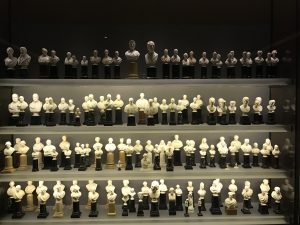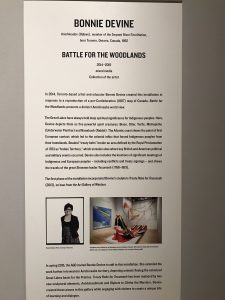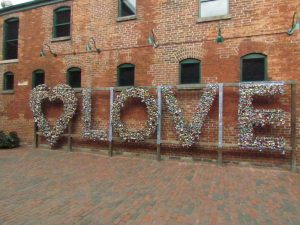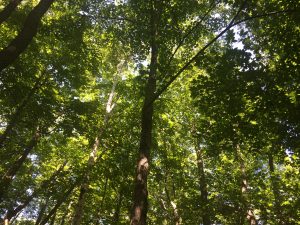Through reading Thomas King’s Green Grass, Running Water, The characters of The Four Old Indians play with the concept of mythology. By referencing modern myths in the presentation of ancient ones, King allows for the reader to question not only the placement of the references but also the why. As king is not only referencing other characters, he is referencing a very specific group of individuals that are culturally recognizable. Their personalities are known, though they too change in behaviour based on the version of their story that is being told.
Perhaps it is this chameleon like existence that drew king to choose such references in telling his story. As someone who is a large fan of Hawkeye (both M*A*S*H* and Marvels versions) I found the reference quite enticing. As the M*A*S*H* character is a trickster and a comedian in both his portrayal by Alan Alda and Donald Sutherland. It is performance based storytelling based on written text as the original Hawkeye was a character in Richard Hooker and W. C. Heinz books (Though the Marvel character predated the M*A*S*H* character by four years.) Hawkeye was drafted and there for wishes to be anywhere but at the front lines, though that does not stop him from being a good doctor.He is a flawed character who exhibits the best qualities we wish to find in people. He is compassionate, and carrying and when it is time for him to show up, he does. It is perhaps his similarities to Coyote that drew King in using him as a reference. As Both characters stem from sarcasm and chaos, while showing a great deal of care for their people. It perhaps allows for Coyotes background to blend more seamlessly with that of the Old Woman.
It is the ability to connect the characters found in the story that guid the story forward. These similarities that lead to the connections that are formed between the multicultural identities. Fictional characters serve as modern mythology, and having connected modern knowledge to the ancient ones, perhaps expands the relationship between readers and Kings work. It allows for non-indigenous persons to formulate a deeper understanding with the text, as most connections are based in previous knowledge, and society highlights fictional influences to explain concepts and identities.
Perhaps it is this notion of identifying our selves through fictional characters that King is pointing to, by camouflaging his characters through pop trivia. It is the ability to understand a new character through the knowledge of a previously introduced one. King humanizes his characters through introducing them by referencing other characters.
This is fathered when the duality of characters is discovered. It is referencing with in referencing. It is understanding the known identity to understand the new character.
“What Happens in Your Brain When You Âlose Yourselfâ in Fiction.” Ohio State Univrsity, www.newswise.com/articles/what-happens-in-your-brain-when-you-lose-yourself-in-fiction. Accessed Mar. 2021.
Babrams. “The Psychology of Character Bonding: Why We Feel a Real Connection to Actors | The Credits.” Motion Picture Association, 15 July 2013, www.motionpictures.org/2013/07/the-psychology-of-character-bonding-why-we-feel-a-real-connection-to-actors.





